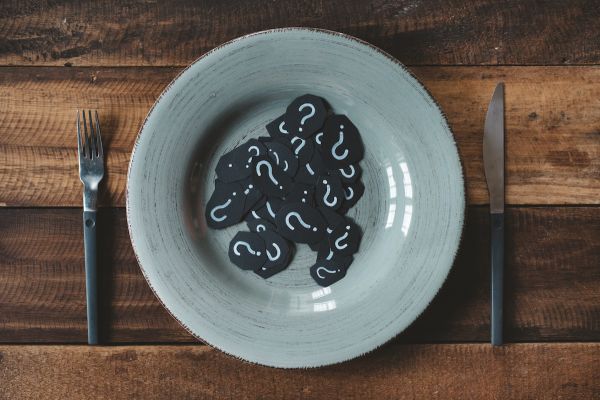Seek help from a certified dietitian to help ensure you get proper nutrition during treatment.
Celiac disease is a condition that causes your body to have an autoimmune reaction to gluten, a type of protein found in wheat, rye, barley and triticale (a cross between wheat and rye). This means that when people with celiac disease eat foods that contain gluten, inflammation occurs that damages the lining of the small intestine. Over time, this damage can lead to nutrients not being absorbed properly, which can lead to malnutrition and a variety of other long-term health conditions.
“The standard treatment for celiac disease is a gluten-free diet, which can be challenging enough to maintain under normal circumstances,” says former Roswell Park Comprehensive Cancer Center registered dietitian Linda Leising, RD, CSO, CDN. “Patients with celiac disease undergoing cancer treatment should seek the guidance of a dietitian to help maximize their ability to get adequate nutrition from the foods they eat, minimize their symptoms of GI distress, and prevent malnutrition.”
Some people have a non-celiac gluten sensitivity and may be advised to follow a gluten-free diet to avoid symptoms. If you do not have celiac disease or non-celiac gluten sensitivity, however, there is no reason to eliminate gluten from your diet. Gluten-containing foods can be part of an overall healthy eating pattern.
What foods contain gluten?
If you’re newly diagnosed with celiac disease, it may seem like gluten is everywhere. Gluten is found in all types of wheat including semolina, farro, wheatberries, durum, einkorn and others. Wheat is commonly used in bread, pasta, baked goods, cereals and soups, as well as sauces and salad dressings. Barley is used in beer, soups and malt products like malt vinegar and malted milk. Rye is often found in rye breads, rye beer and cereals.
Oats are a type of grain that do not naturally contain gluten, but there is a risk of cross-contact that may occur when oats are grown alongside gluten-containing grains. Experts recommend that patients with celiac disease only consume oats that are labeled gluten-free. Additionally, oats contain a protein that is like gluten that could still cause an immune response in some people with celiac disease.
Have more nutrition questions?
Our nutrition team at Roswell Park plays an important role in your care — before, during and after treatment.
Eating gluten-free
It is best to start by focusing on the foods you can eat. Foods such as fresh, plain, unseasoned fruits, vegetables, meat, poultry, fish, milk, eggs, legumes and nuts are all naturally gluten-free. Additionally, grains that are naturally gluten-free include rice, corn, quinoa and many others. When looking at package labels to determine if a product is gluten-free, some manufacturers voluntarily label their products as gluten-free if they meet the FDA labeling requirements. However, this labeling is not mandatory, so it’s best to look at the ingredient statement and allergen statement for more information.
When eating at restaurants, be prepared to ask about seasonings, food preparation and food handling practices to help evaluate the risk of cross-contamination. It can be helpful to review a restaurant’s website and gluten-free options ahead of time as well. For inspiration for gluten-free meals to cook at home, check out some recipes from Beyond Celiac and the Celiac Disease Foundation.
Some gluten-free products might be missing vitamins and minerals that are typically found in whole wheat and enriched wheat flour such as fiber, iron, calcium, magnesium, zinc, folate, niacin, riboflavin, vitamin B12 and vitamin D. Additionally, damage to the small intestine can lead to malabsorption of nutrients. This can lead to malnutrition, anemia, weight loss and bone weakening. Damage to the small intestine also could cause a lactose intolerance. Once your intestine has healed, you may be able to tolerate lactose again. Talk to your doctor or registered dietitian for individual nutrition recommendations.
Getting a diagnosis for celiac disease
An estimated 1 in 100 people worldwide have celiac disease, but only about 30% are properly diagnosed. Celiac disease is hereditary and can develop at any age. People with celiac disease may not experience any symptoms, or they may experience any combination of over 200 known symptoms, occurring in the digestive system or throughout the body.
Common symptoms include:
- abdominal pain
- bloating
- constipation
- diarrhea
- anemia
- fatigue
- nausea
- vomiting
- headaches
- weight loss (or growth failure in children).
Celiac disease is diagnosed through antibody blood tests and intestinal biopsy. For the antibody blood test to work properly, the patient needs to be actively consuming gluten. If you suspect you may have celiac disease, contact your health care provider before making changes to your diet.



